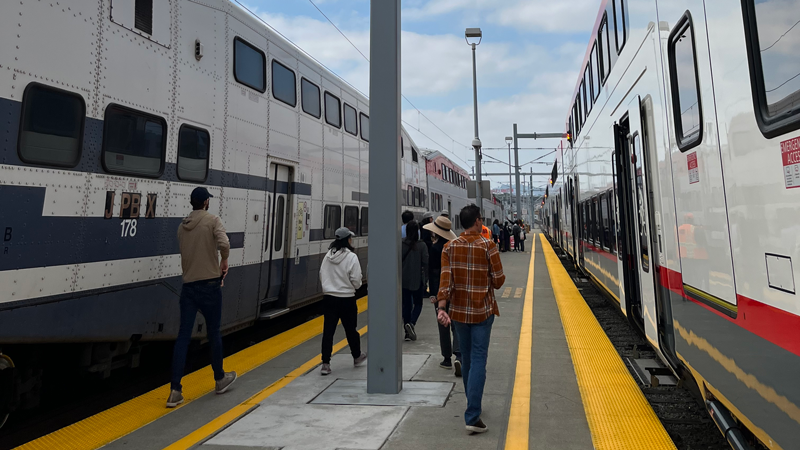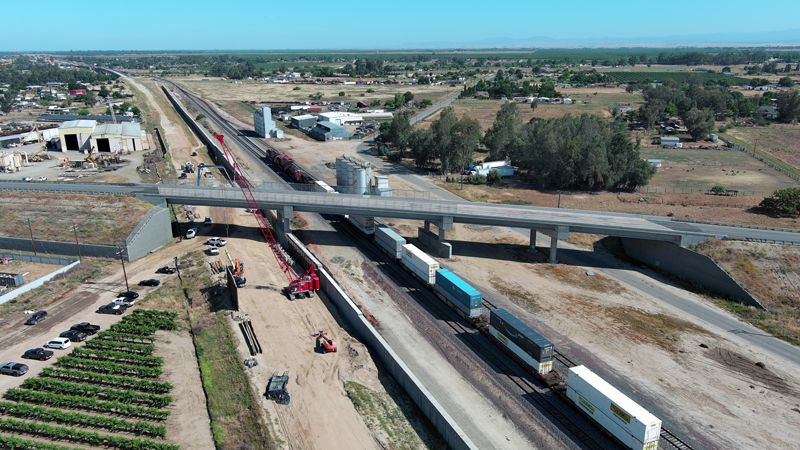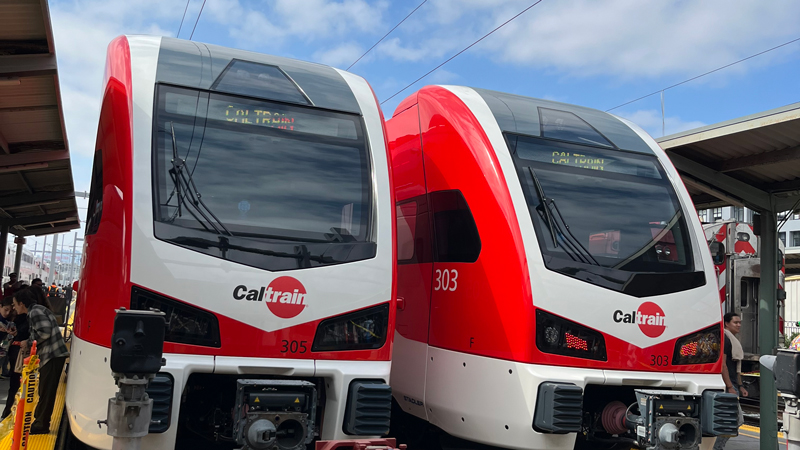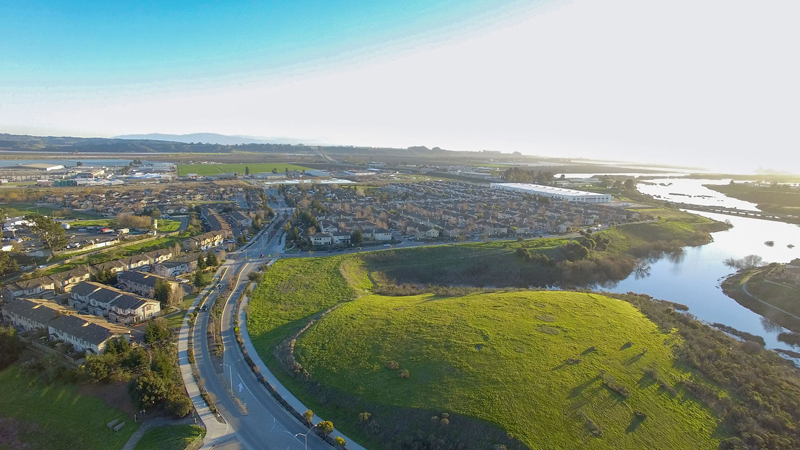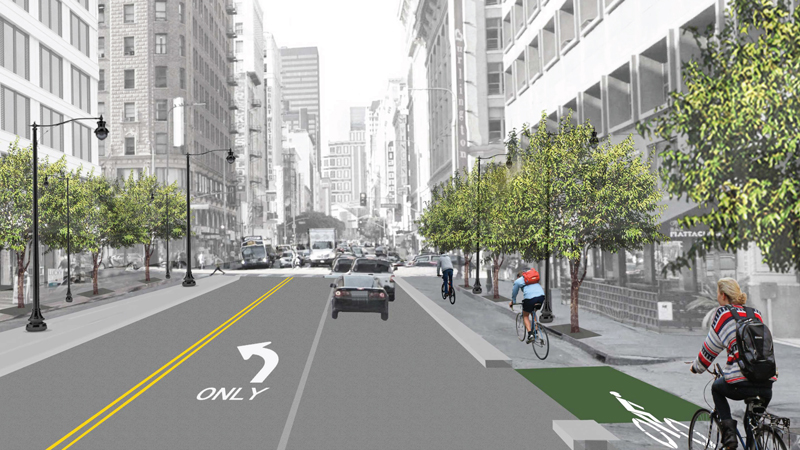4.5 minute read
August 31, 2015
July 2015 marked the 25th anniversary of the signing of the Americans with Disabilities Act (ADA), a Federal Civil Rights law which prohibits discrimination against people with disabilities in employment, State and local government services, public accommodations, commercial facilities and transportation. As standards and regulations of the ADA continuously evolve, how can public agencies reduce confusion, keep connected and stay "in the know" about the ever-changing accessibility laws pertaining to facilities within the public right-of-way?
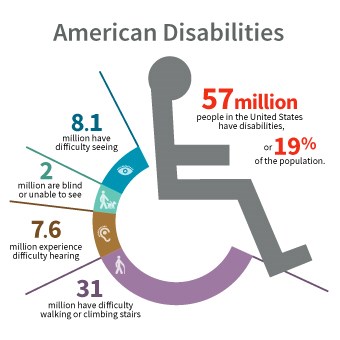
Why so much confusion? Title II (Federal) and Title 24 (California) regulations have become more stringent over time, and accessibility standards differ based on jurisdiction. This topic is so complex that even a presenter at the American Public Works Association’s Streets and Technology Conference gave incorrect information, until experts in the audience corrected him.
That was my impetus for spreading the word about best engineering practices for ADA compliant public facilities (e.g. sidewalks, curb ramps, street crossings, public parking lots, etc.).
Know Your Guidelines
I recommend a three-step approach to determine which ADA design standards and/or guidelines to reference for accessibility design within the public right-of-way:
- Identify the jurisdictions affected by the project: Caltrans? City or County?
- If it is a Caltrans project, or if a City project encroaches into Caltrans right-of-way, refer to the Caltrans Standard Plans and/or Revised Standard Plans (latest edition), and/or Highway Design Manual (latest edition) and Design Information Bulletin (DIB) 82-05.
- If it is a City or County project, confirm which standard plan the City of County has adopted (e.g. Caltrans, APWA, Orange County Public Works, San Diego Regional Standards). If a public agency has their own standard plan, review the details shown on the standard. If it meets or exceeds the DOJ 2010 ADA standards for Accessible Design, then it is okay to use.
What about the California Building Code (CBC), you may ask? As of the posted date of this blog, the CBC has not yet been certified for ADA compliance from the U.S. Department of Justice (DOJ), which enforces ADA regulations governing public accommodations and state and local government services. Although the accessibility provisions of the 2013 CBC have been revised and reformatted to conform to the requirements of the 2010 DOJ, I recommend following CBC only where it is more stringent than the DOJ standards. If you use a standard under CBC that is less stringent than the DOJ standard and are taken to court, you may have no defense. Here’s an excerpt from the ADA website: “The enforcement of state codes is the responsibility of state or local officials – usually through plan reviews and building inspections. The ADA relies on the traditional method of civil rights enforcement through litigation in federal courts. Local officials do not have the authority to enforce the ADA on behalf of the federal government.”
Designing Around the Challenges
Each time regulations change, existing infrastructure will eventually require upgrades to the latest ADA requirements—there’s no “grandfathering” clause. For example, design requirements for curb ramps have changed, including slope, landing, flare and grade. Cities have had to replace curb ramps, even if they were still in good shape, to fit new regulations.
And municipalities see that they have to upgrade sooner rather than later: In 2009, Caltrans lost a $1 billion-dollar lawsuit because no ADA transition plan was in place to address non-ADA compliant curb ramps.
Cities and agencies have to consider the economics of these unforeseen costs. How do you find the most cost-effective and economically sustainable solution? Start by focusing on design, which is invaluable to the project’s success:
- Do a detailed initial survey to prevent field changes or, even worse, rejections from failing to meet ADA requirements. The survey can also identify the need to acquire right-of-way or coordinate other plans affecting the new improvements.
- Know the level of detail required for the project, and the exceptions to the rules. For example, when encountering obstructions within a sidewalk, such as a power pole or utility cabinet, the clear width of the sidewalk is permitted to be reduced to 32 inches for a length of 24 inches.
- A best practice for accessibility design is to use a slightly less than maximum and slightly more than minimum requirement for slopes and dimensions in your design (to avoid issues related to construction inaccuracies).
- Use caution when suggesting custom designs for site-specific locations. They may be worth the cost, but only if the contractor has demonstrated experience in this area. Even then, be sure to include details on how to alter the design to remain ADA compliant, in case surprises occur during construction.
Looking Toward the Future
Cities must stay ahead of the changing ADA regulations, designing for the next regulatory trend. By becoming more informed of the current regulations, or using experienced consultants who are aware of the changing trends, cities can save themselves on the costs of future improvements.
How has your agency addressed the changing ADA regulations? Do you have advice that might to help others? Let us know.
